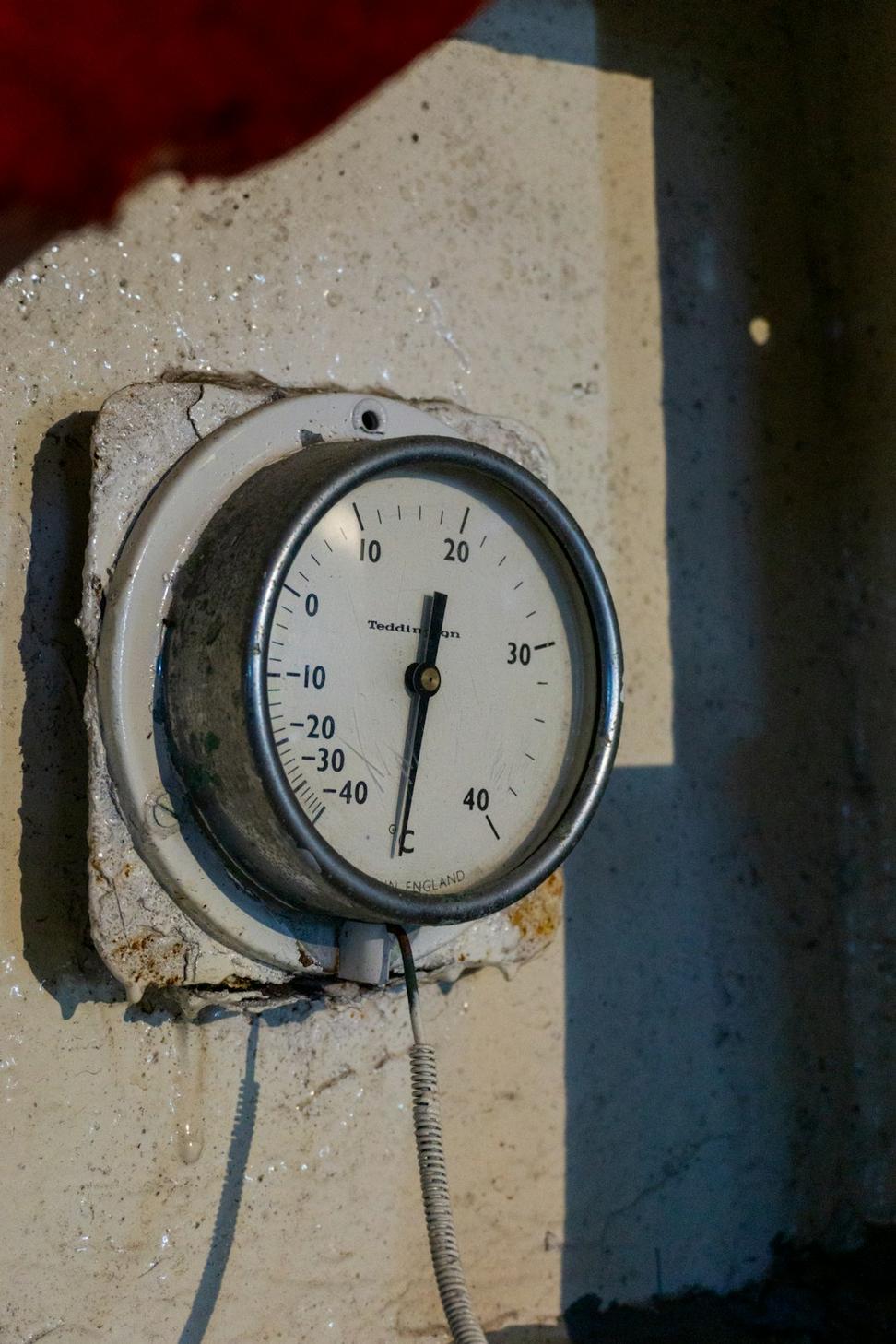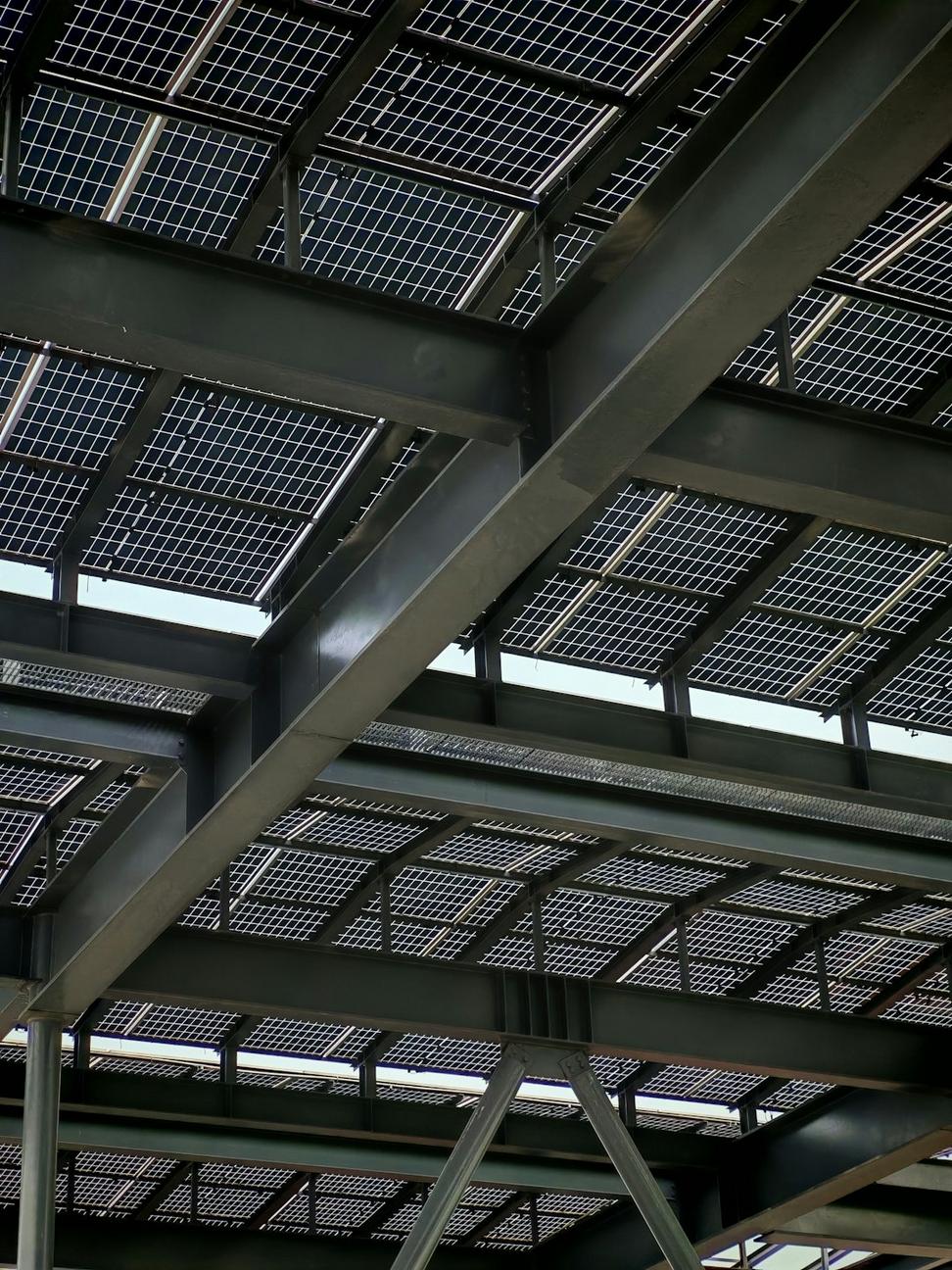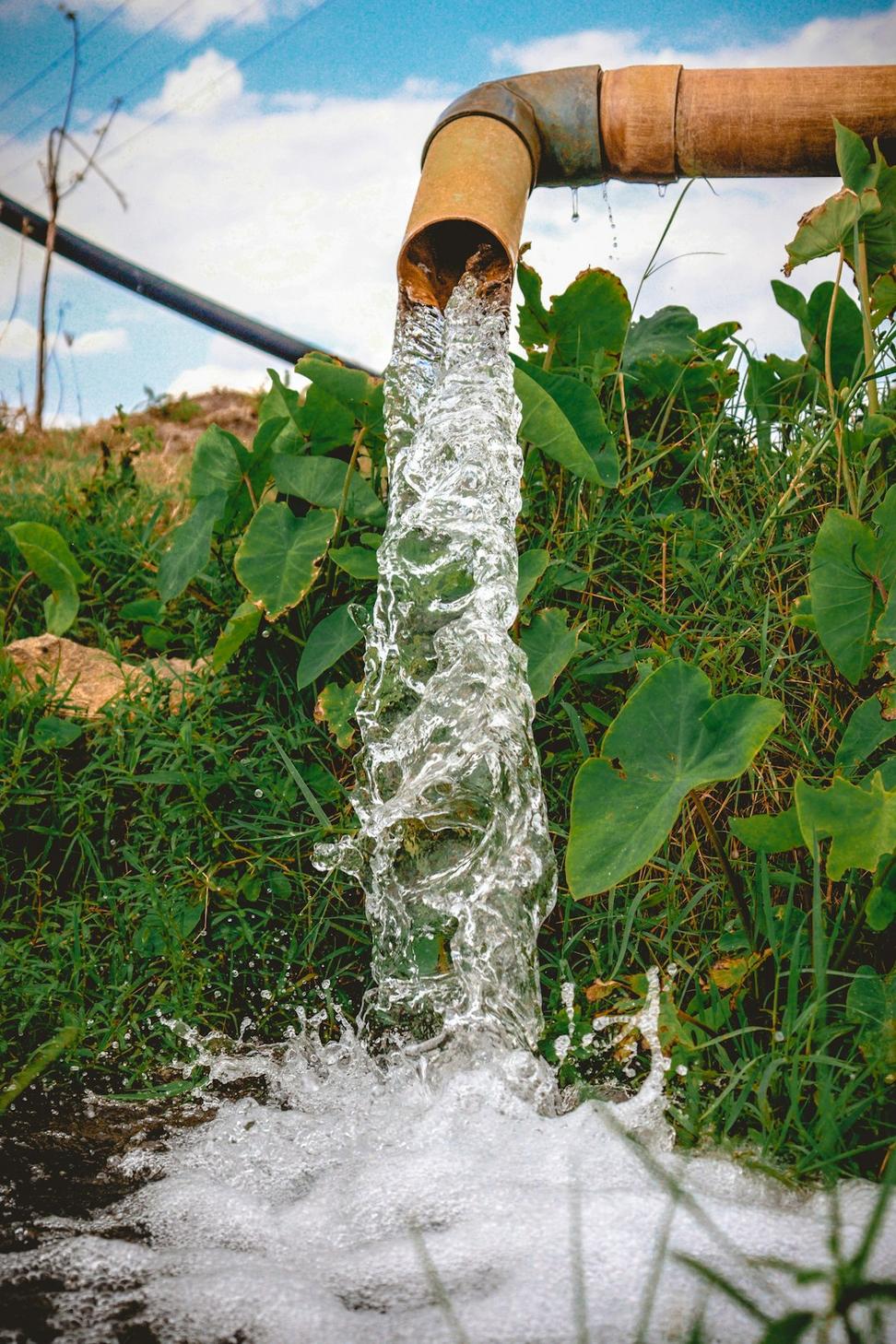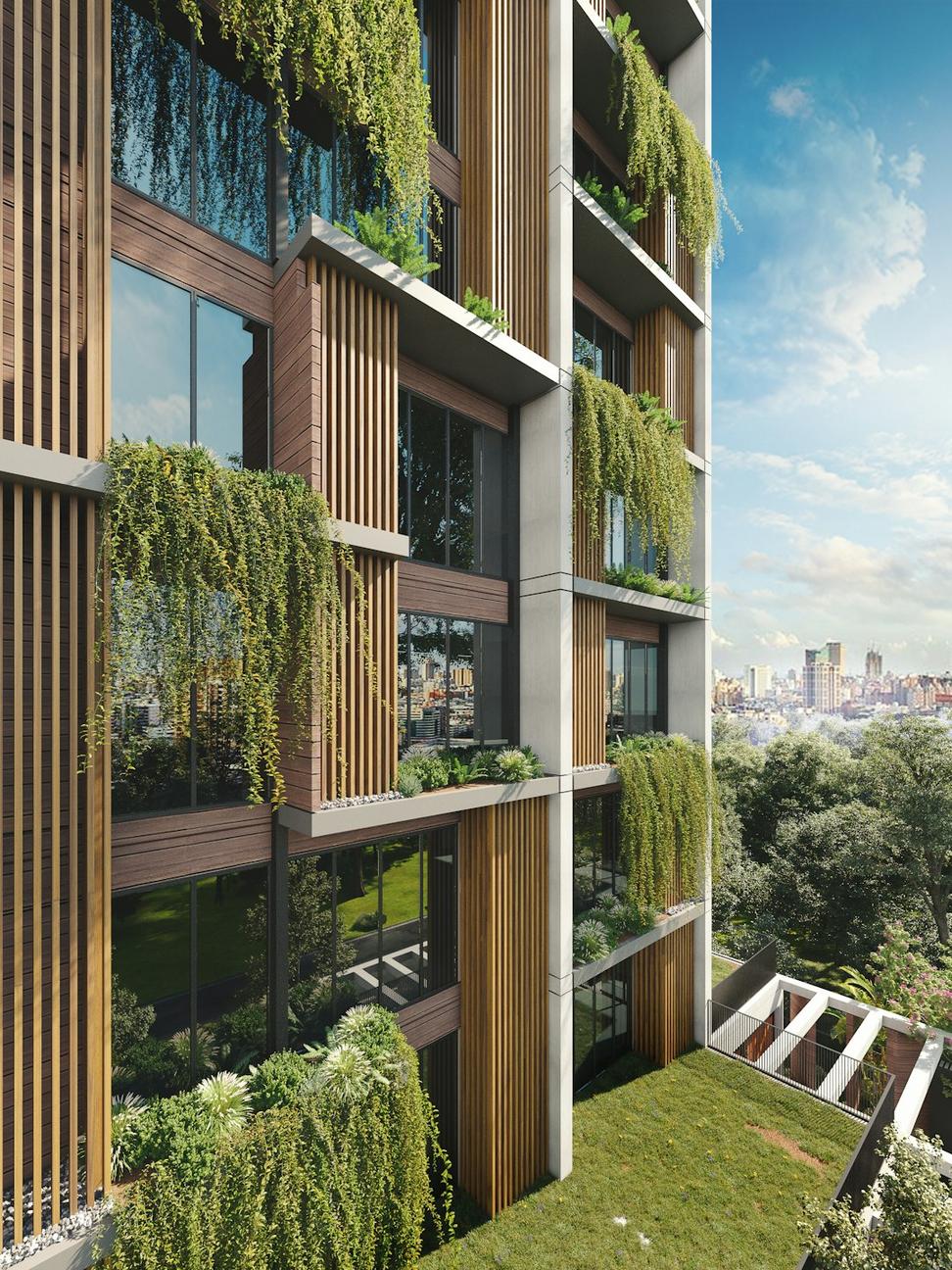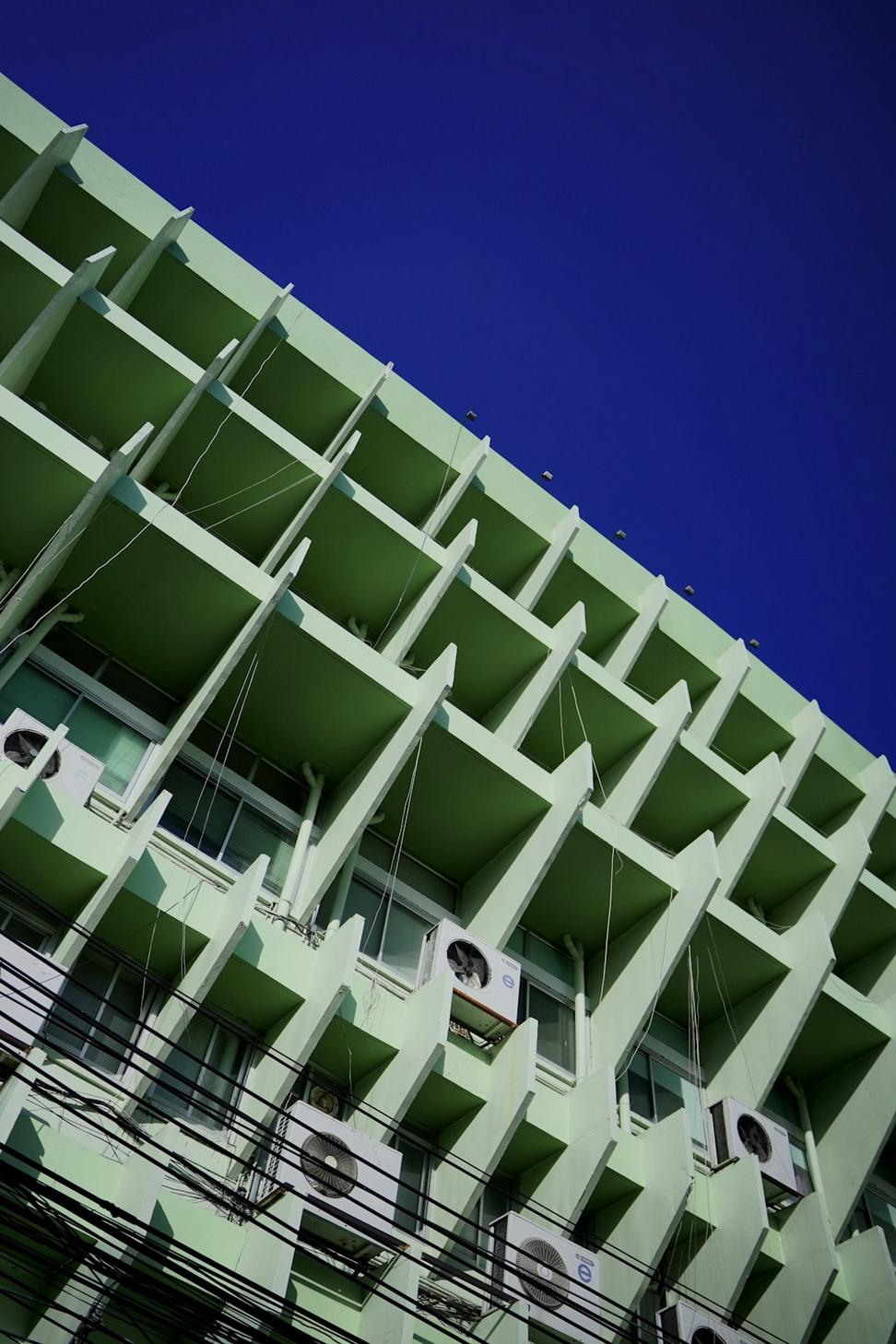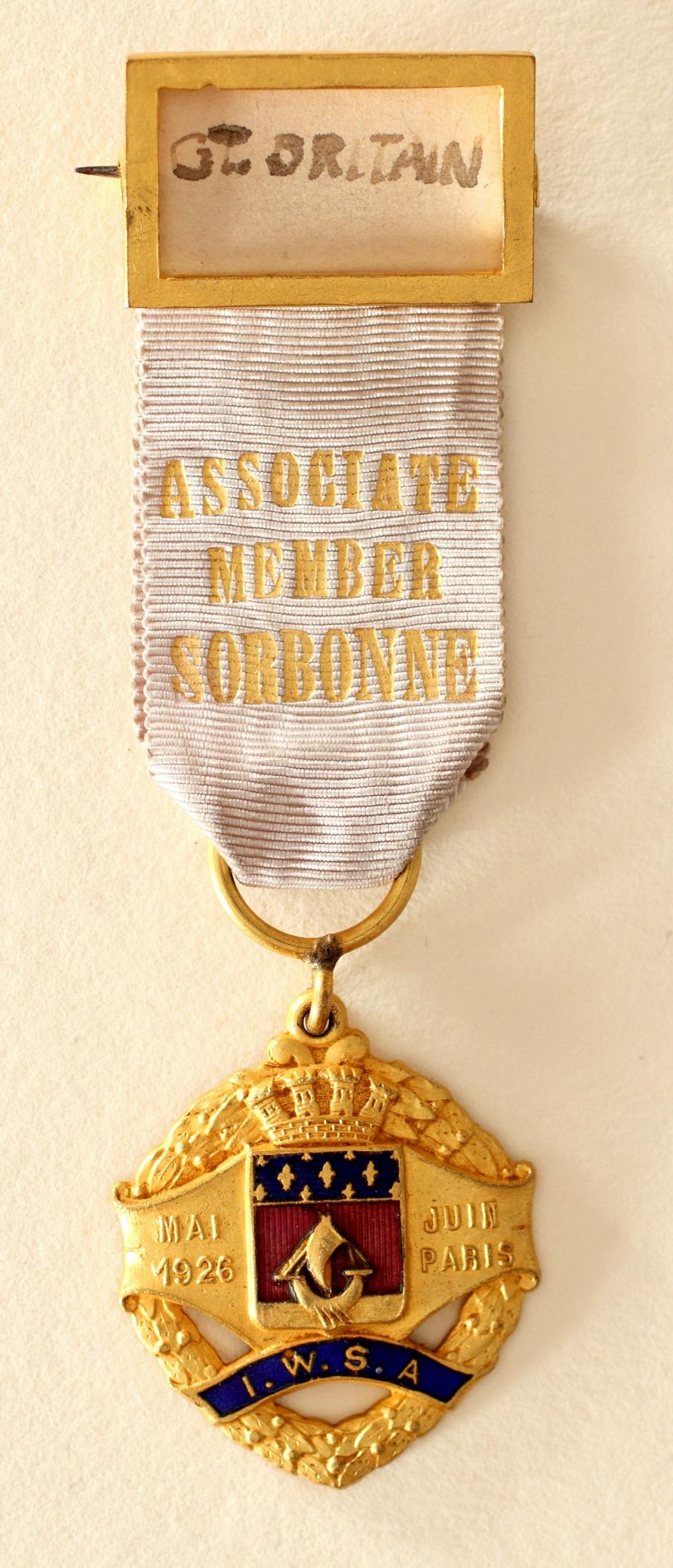
Certifications That Actually Mean Something
We've been chasing LEED certifications since before it was trendy—back when people thought we were nuts for obsessing over air quality sensors and storm water management. Now? We've got 23 LEED-certified projects under our belt, including 7 Platinum ratings.
23
LEED Certified Projects
Including Gold and Platinum levels7
LEED Platinum Buildings
Top-tier environmental performance92%
Construction Waste Diverted
Average across recent projects15yr
Green Building Experience
Since 2009 in Vancouver